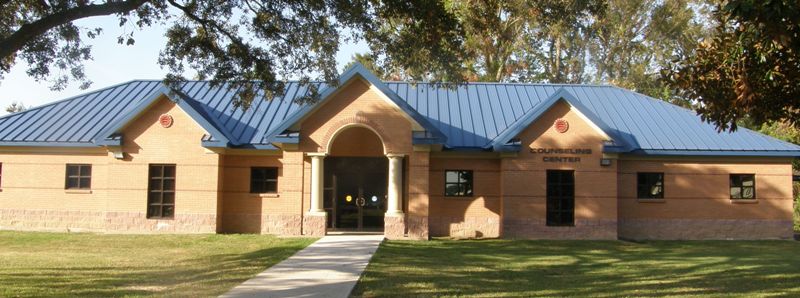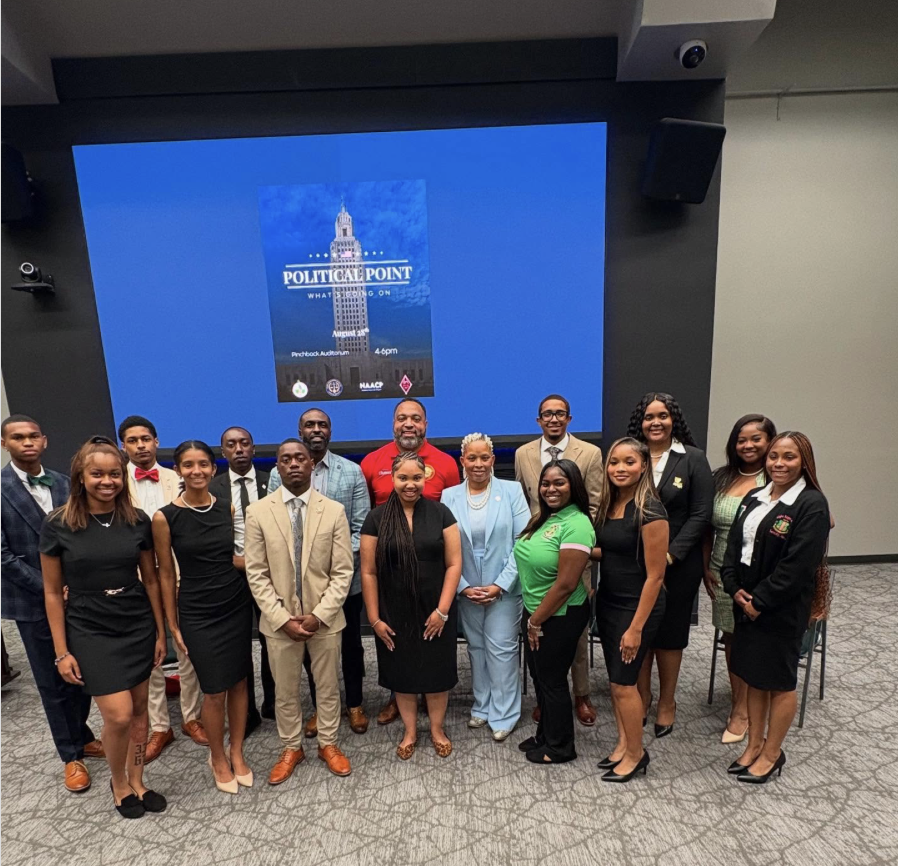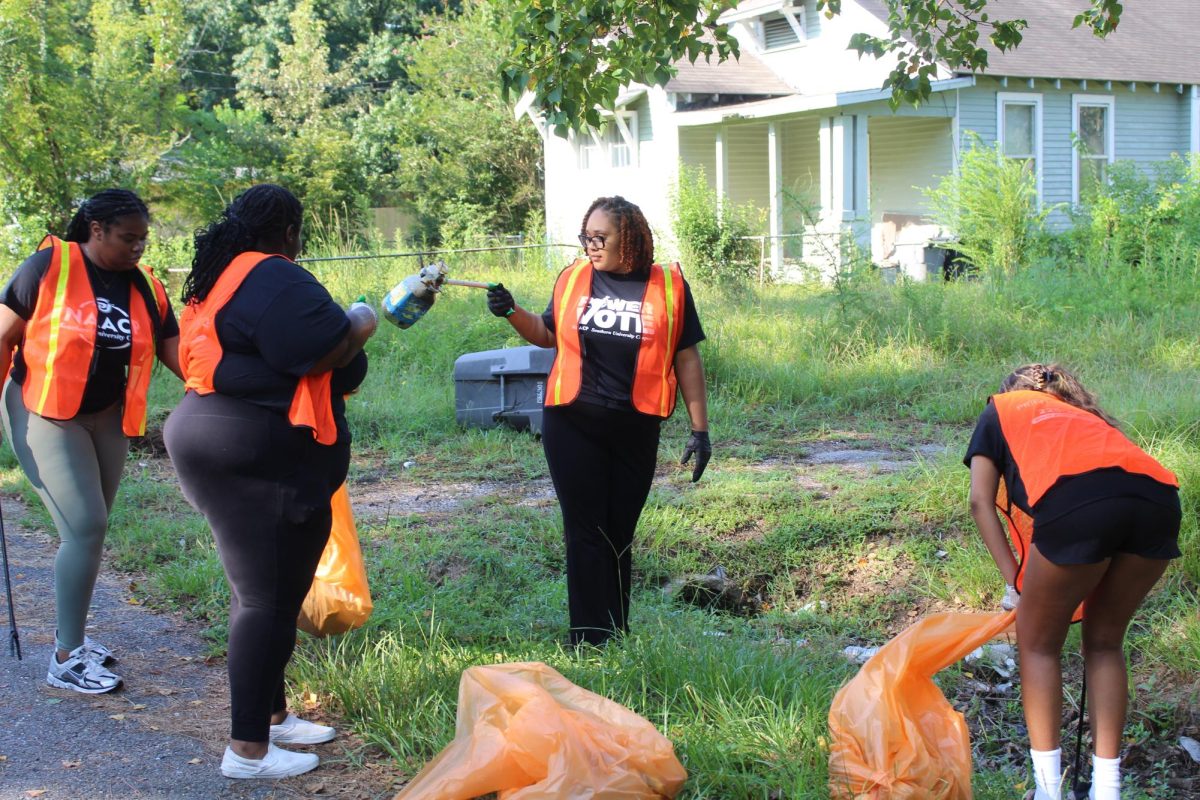Alcoholism. When one thinks of that word, a middle-aged person clutching a bottle during “hard times” comes to mind. Or that drunk uncle who never seems to be without a flask of a little “sumpin, sumpin” in his pocket. One rarely thinks about their own peers, especially if they are in college.
In a world of many freedoms, college life is seldom looked at as posing life-long problems. Many students live for the moment. And that moment may be at a party. With an overflow of alcohol, it is tempting to just plunge in head first and worry about the effects later. As long as they can make it to class the next day, it’s all good. Wrong. Sometimes, dead wrong. What is even more wrong is few students recognize that they have a serious problem.
Alcoholism, according to Webster’s Dictionary, is a habit or addiction; a continuous use of a drug. Many people fail to see that alcohol is just that: A drug. This drug can cause many health threats. According to the Web site www.about.com, “Alcohol abuse can affect the body in many ways, from a simple morning hangover to serious alcohol liver disease. Those who continue to drink in spite of serious health problems run the risk of developing irreversible physical damage.”
The most common and serious consequences of behavior, such as binge drinking, is alcohol poisoning. The National Clearinghouse for Alcohol and Drug Information reports, “When excessive amounts of alcohol are consumed, the brain is deprived of oxygen. The struggle to deal with an overdose of alcohol and lack of oxygen will eventually cause the brain to shut down the voluntary functions that regulate breathing and heart rate.” The association lists these alcohol poisoning symptoms as vomiting; unconsciousness; cold, clammy, pale, or bluish skin and slow or irregular breathing (less than eight breaths a minute, or 10 or more seconds between breaths).
With all this said, one may ask, “Why, then, would anyone consciously make himself or herself sick? Why drink at all?” There are many things that can lead to this addiction, especially while in college. One is peer pressure.
Eighteen through 25-year-olds may not be expected to be so easily influenced by peer pressure and the media. This is quite the contrary. Popular music among this age group often glamorizes such behavior as overdrinking. Cash Money Records, home of top-selling albums from artists like Lil’ Wayne, Juvenile, and the Big Tymers, proudly claim “Cash Money motto is to drink ‘Til we throw up.” However said, music does not warn of the problems that may follow.
Stress of college life itself can lead to alcoholism. A drink looks very inviting after a long day of classes and looking at hours of studying for that class in which the professor just “has it in” for the student. Social and financial problems are also factors. However, it1s not just the bad things all of the time when someone wants to “kick back a few.” Celebration of a recent accomplishment can also be a reason to drink. Times like this are common for the over-consumption of alcohol.
In the past few years, colleges have become the focus of the media for occurrences such as binge drinking (drinking up five or more alcoholic beverages back to back). One would think that this is common in all collegiate atmospheres. However, there is good news for HBCUs (historically black colleges and universities). A press release dated July 14, 1998, from www.edc.org , went over the ongoing of a three-day think tank, held in Baltimore in June of 1998. It stated,
“Leaders from historically black colleges and universities and national service organizations identified several important characteristics of HBCUs that help explain apparent lower rates of consumption and adverse consequences as compared to higher education in general.” It went on to state the reasons, among them were, “extensive support networks for academic and professional achievement (for example, alumni and booster chapters, predominantly African-American Greek letter organizations, regular all-campus assemblies, and annual founders’ days and homecoming celebrations), high regard for family and spiritual values, a deep sense of shared history and vision, multi-faceted community ties, and pride in African roots.” Participants at the event were the Higher Education Center for Alcohol and Other Drug Prevention and the Robert Wood Johnson Foundation.
While this news is good, there are still a percentage of students suffering with this problem. Exactly how many and who is at risk? According to a study done by Donna E. Shalala, a former college chancellor, it was found that, “In one multi-campus survey, white students reported the highest percentage of binge drinking in a 2-week period (43.8 percent), followed by Native American (40.6 percent), Hispanic (31.3 percent), Asian (22.7 percent), and Black (22.5 percent) students. This pattern of drinking differences among ethnic groups is also seen in high school students. Age is also a factor in alcoholism. Freshmen are especially at risk. They are experiencing new freedom, and thus wish to 3experiment.” According to Shalala, “One survey reported that more students under age 21 binge drink and have alcohol-related problems than those over 21.”
How can such things be helped and or prevented? There are a variety of ways. First of all one must admit he has a problem. The next step is to seek help. Counseling is at the top of the list. NIAAA(National Institute on Alcohol Abuse and Alcoholism ) research shows that college students who receive a single individual counseling session often will significantly reduce their drinking Just talking to someone about problems can be a lifesaver. Also, contacting a local Alcoholics Anonymous chapter can prove to be successful. Knowing that one is not alone is a big step to recovery.





